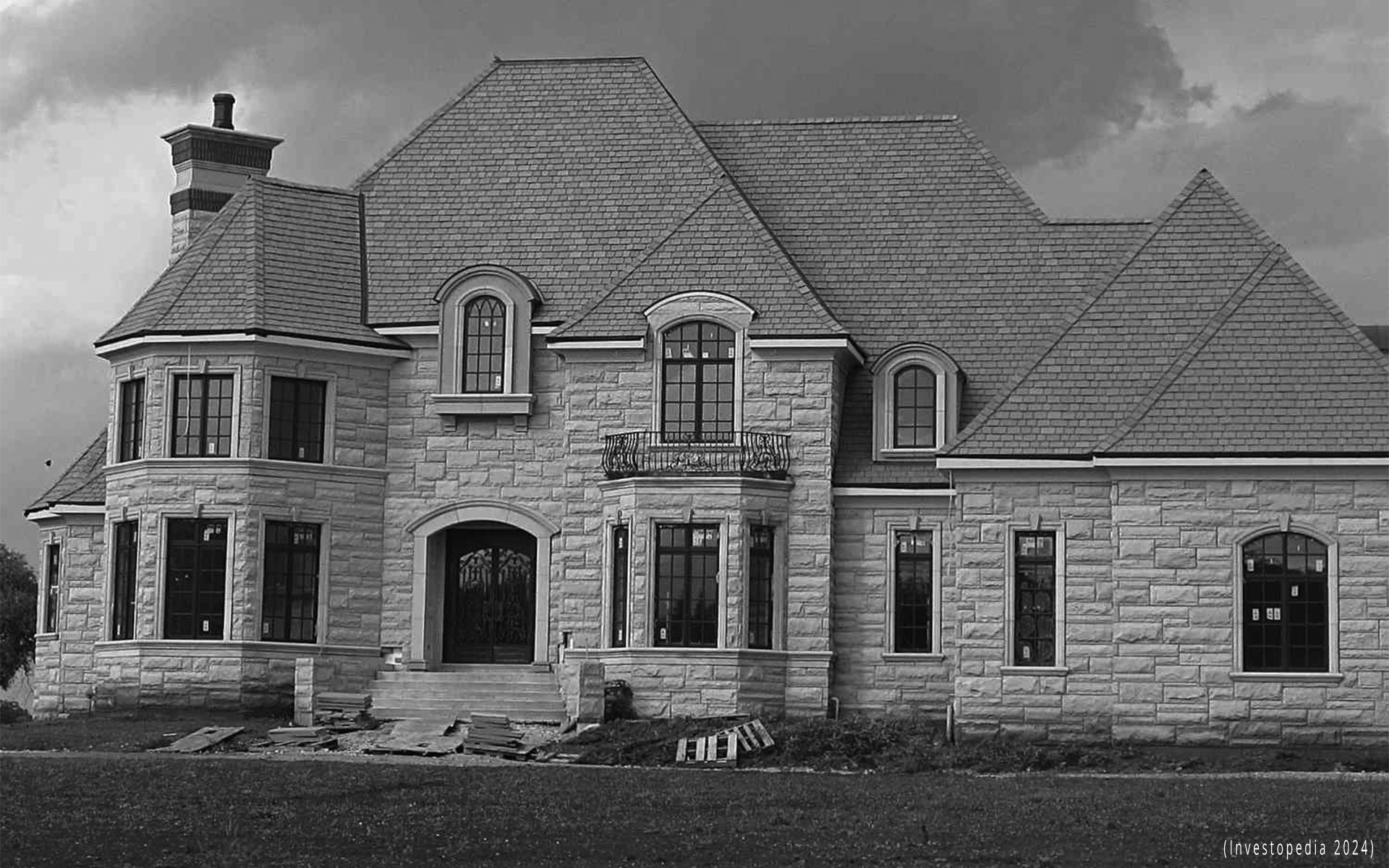
MacMansion Architecture in Australia: Unraveling the Phenomenon of Grandiose Homes
In recent years, a new architectural trend has taken root in Australia, known colloquially as “MacMansion” architecture. These grandiose homes, often characterized by their oversized proportions, opulent designs, and prominent facades, have garnered both admiration and criticism in the world of architecture. In this article, we delve into the essence of MacMansion architecture, exploring its origins, features, and the impact it has on the Australian urban landscape.
Understanding the MacMansion Phenomenon:
The term “MacMansion” is a portmanteau of “McDonald’s” and “Mansion,” drawing an analogy between these houses and the fast-food chain’s uniformity. The concept refers to the proliferation of cookie-cutter mansions, each mirroring a similar grand appearance, regardless of location or context.
Features of MacMansion Architecture:
Size and Proportions: MacMansions are often characterized by their immense size, boasting expansive floor areas that exceed traditional residential homes. This substantial scale contributes to the impression of grandeur and opulence.
Architectural Ornamentation: Elaborate facades, decorative detailing, and excessive ornamentation are common elements found in MacMansion designs. These features are often intended to create a sense of luxury and prestige.
Faux-Historical Influences: MacMansions frequently draw inspiration from various architectural styles, such as neoclassical, Georgian, or Mediterranean. However, some designs mix and match these elements in a way that might appear incongruent or inauthentic.
Massing and Proportional Discrepancies: Due to the desire to maximize internal space, MacMansions sometimes suffer from imbalanced massing and disproportional facades, resulting in a lack of visual harmony.
Impact on the Australian Urban Landscape:
While MacMansions have their admirers, they have also sparked debates among architects and urban planners regarding their impact on the broader urban fabric. Critics argue that these oversized homes may contribute to the loss of neighborhood character, diminishing the sense of community and local identity. Additionally, they can place strain on existing infrastructure and resources, potentially altering the social dynamics of a neighborhood.
The Role of Regulation and Design:
To address concerns surrounding MacMansion architecture, some local councils and planning authorities have introduced design guidelines and regulations. These measures aim to maintain the architectural diversity and character of neighborhoods while promoting sustainable development.
Architectural Alternatives:
For those seeking a unique and contextually appropriate architectural solution, there are alternatives to the MacMansion approach. Custom-designed homes, tailored to the specific needs of the occupants and the site’s characteristics, can strike a harmonious balance between functionality, aesthetics, and environmental sustainability. MacMansion architecture, with its imposing scale and ostentatious designs, has emerged as a defining feature of the contemporary Australian residential landscape. While these homes may appeal to those desiring opulence and prestige, they also raise questions about the impact on neighborhood character and social cohesion. As the architectural discourse continues to evolve, finding a balance between individual aspirations and community considerations becomes ever more crucial in shaping the future of Australia’s built environment.

